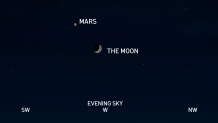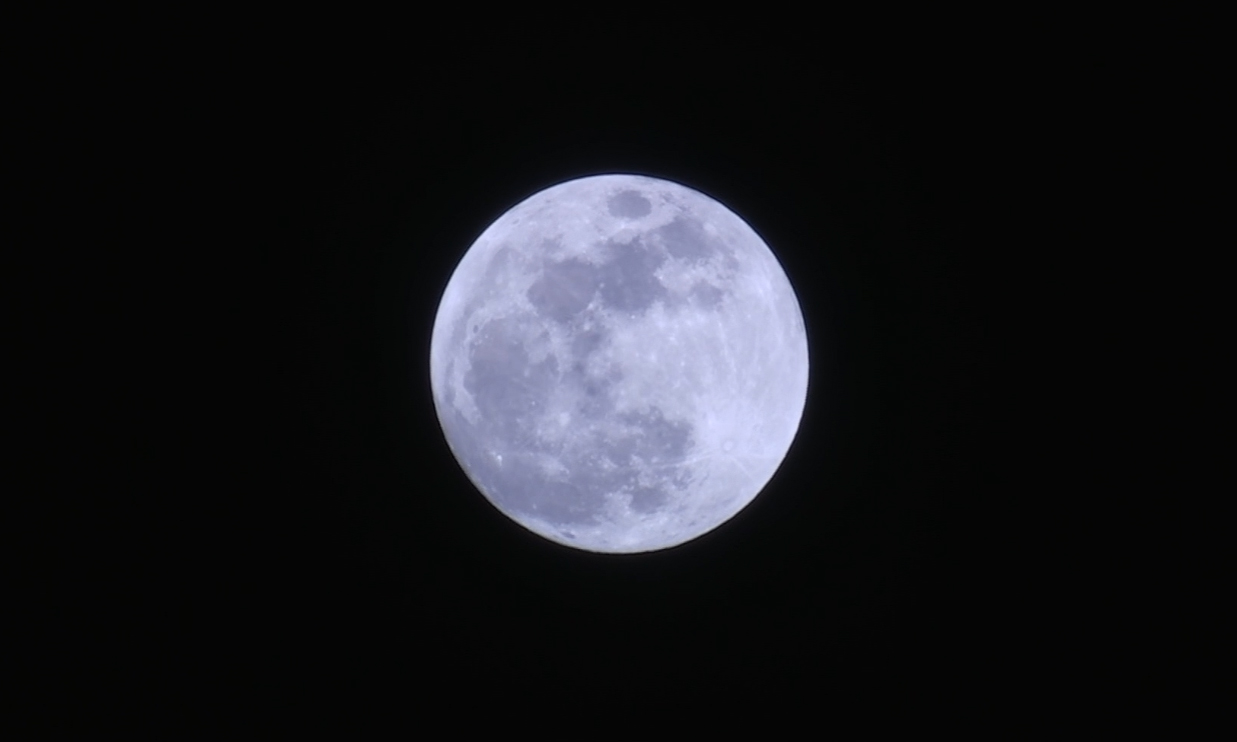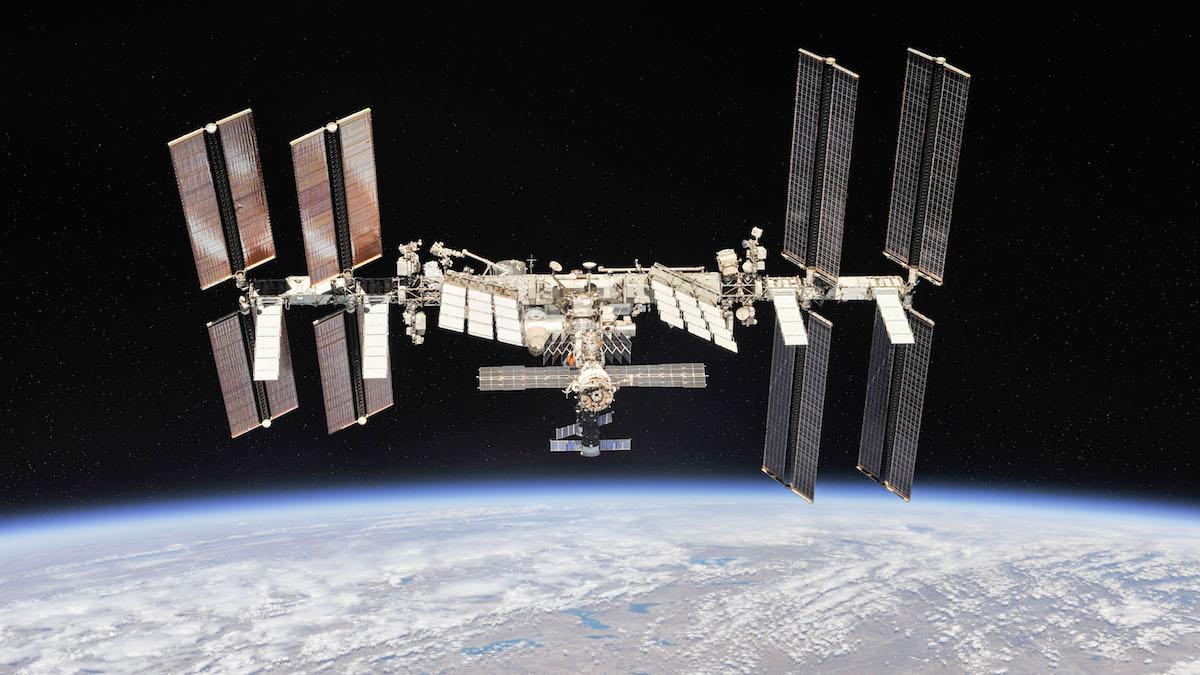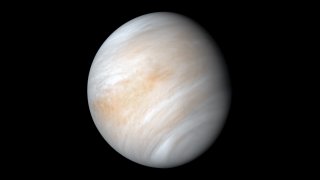
What's happening in the skies over North Texas this month? March holds some spectacular sights in the night sky. Check out the list below.
FULL WORM MOON
The March full moon, known as the Worm Moon, will make for a night delight on March 6 and 7.
The name, Worm Moon, refers to a different sort of “worm”—beetle larvae—which begin to emerge from the thawing bark of trees and other winter hideouts from the 1760s.
Get DFW local news, weather forecasts and entertainment stories to your inbox. Sign up for NBC DFW newsletters.
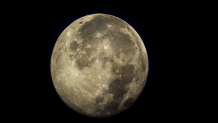
WHEN DOES THE INTERNATIONAL SPACE STATION FLY OVER NORTH TEXAS?

The International Space Station will make flybys across the North Texas sky this month. The ISS appears as a fast-moving star across the night sky.
The International Space Station rotates around the Earth at a speed of 17,500 mph. The ISS rotates about its center of mass at a rate of about 4 degrees per minute so that it will complete a full rotation once per orbit. This allows it to keep its belly towards the Earth. One revolution around the planet takes about 90 minutes (16 per day).
Also, the International Space Station lies at an altitude of 250 miles above the Earth. By the way, that is 1.32 million feet. Most commercial airplanes fly between 33,000 to 42,000 feet.

MOVING APART: JUPITER AND VENUS
Venus and Jupiter are moving away from each other this month.
An hour or so after sunset, look in the western sky to see both planets. Venus will be lower and the brighter of the two planets.
By the way, the two planets are over 400 million miles apart in space. Venus's distance from the Earth varies from 24 million miles to 162 million miles. Jupiter's distance from the Earth varies from 336 million miles to 600 million miles.
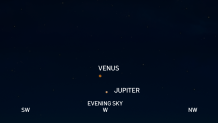
IT'S THE MOON AND SATURN
Look just above the east-southeastern horizon before sunrise on March 19 to see the thin crescent of the moon shining near Saturn.
The best viewing time will start around 6:30 a.m. local time. Be sure to turn all cameras and optical aids away from the eastern horizon before the sun rises.
Saturn's distance varies from the Earth. When the two are closest, they lie approximately 746 million miles apart, or eight times the distance between the Earth and the Sun.
At their most distant, when they lie on opposite sides of the Sun from one another, they are just over a billion miles apart, or 11 times the distance between the Earth and the sun.
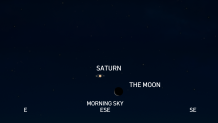
URANUS MEETS THE MOON
On March 24, Uranus will be positioned close to a waxing crescent moon, allowing skywatchers to see the blue-green planet’s dot in binoculars (orange circle) and backyard telescopes.
The bright planet Venus will gleam below them.
Uranus varies in distance from the Earth from 1.6 billion miles at its shortest, all the way up to 1.9 billion miles depending on the stage of orbit the two planets are in.
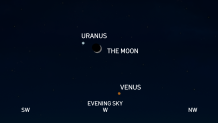
MARS STOPS BY
Mars will be making a stop in the evening sky this month. Look for it near the moon on March 27 in the western sky.
Mars averages a distance from the Earth of 140 million miles. The closest recorded distance to Mars from Earth was recorded in August 2003 when the two were 34.8 million miles apart. According to NASA, the two will not be that close again until the year 2237.
Please enjoy these events happening in the night sky this month. Until then...Texans, keep looking up!
